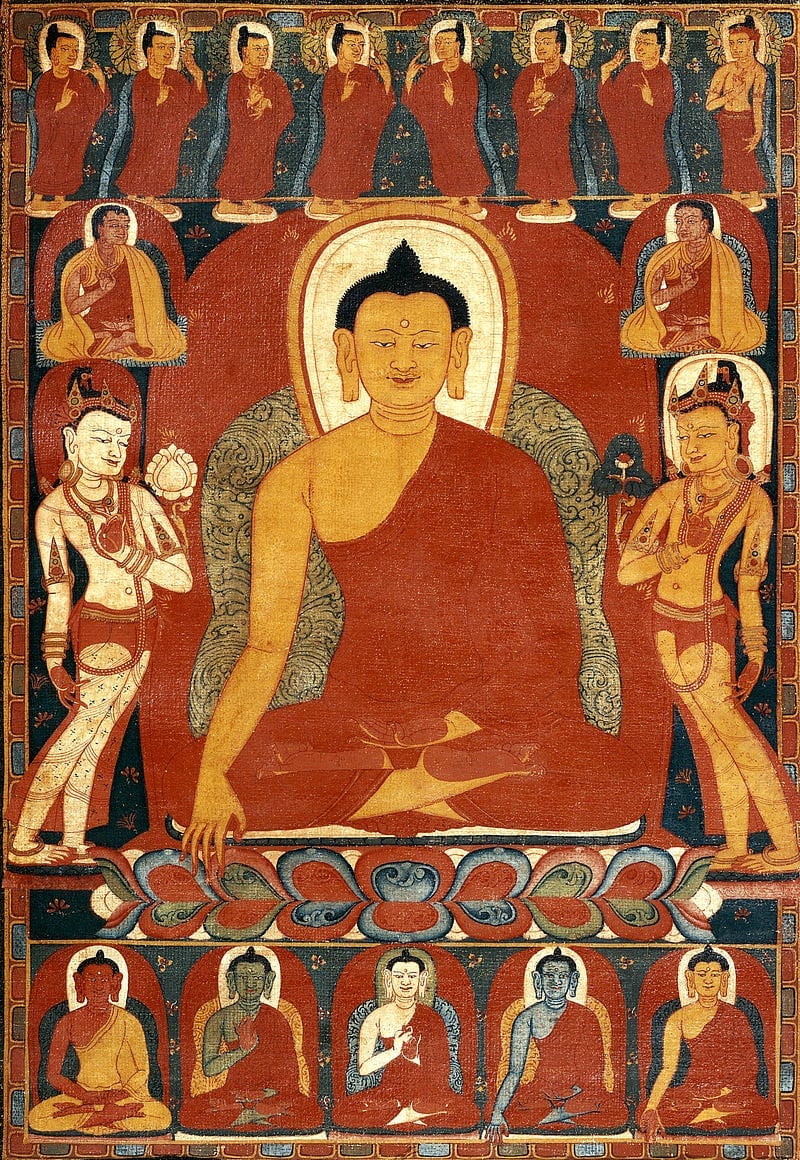Surangama Sutra — Introduction
Introduction to the Śūraṅgama Sūtra In which the Buddha’s Spontaneous Sound Meditation, which brings all sincere beings to enlightenment, is clearly described.

Introduction to the Śūraṅgama Sūtra In which the Buddha’s Spontaneous Sound Meditation, which brings all sincere beings to enlightenment, is clearly described.
